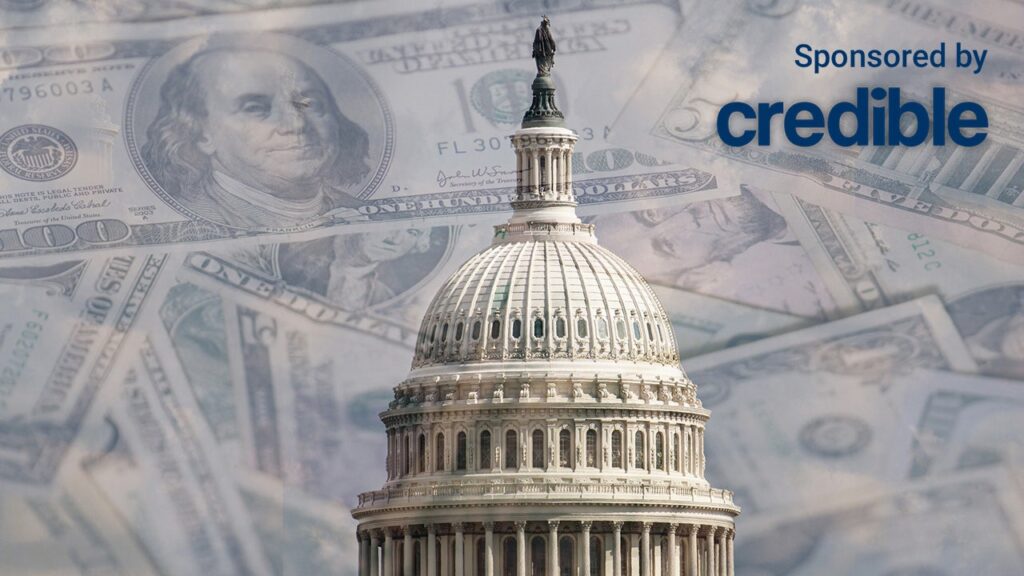The recent legal developments surrounding the Biden Administration’s SAVE plan for student loan borrowers have thrown the future of this initiative into uncertainty. Despite President Biden’s appeal for the plan to be reinstated, the Supreme Court declined to take action, following lower court decisions which had already imposed blocks on the plan due to challenges from Republican-led states. This ruling halts new applications for the SAVE plan but does not affect the millions already enrolled, who remain in an interest-free forbearance that relieves them of monthly payment obligations. Many state governments such as Alaska, South Carolina, and Texas continue to pursue their legal battles against the program, leaving borrowers and advocates anxious about the program’s viability moving forward. The Biden Administration remains committed to defending the SAVE plan and insists it will explore other methods to ease student debt burdens across the nation.
In the face of these challenges, the Biden-Harris administration has also taken steps to enhance college readiness for low-income students by allocating over $80 million to a range of grantees. These funds are part of the Gaining Early Awareness and Readiness for Undergraduate Programs (GEAR UP), aimed at improving access and preparation for college among underserved communities. As U.S. Under Secretary of Education James Kvaal emphasized, the intent of GEAR UP is to bring communities together and support students as they transition from middle and high school to post-secondary education. With grants covering six to seven years, this program encourages investment in educational infrastructure designed to uplift students from low-income backgrounds and helps them achieve their college aspirations.
The issue of student loan debt continues to plague an increasing number of Americans, with alarming statistics indicating a 430% rise in outstanding student loan debt since 2003. This crippling financial burden affects diverse demographics, including a growing number of individuals nearing retirement age. A study conducted by New America highlighted that the percentage of Americans over 60 still repaying student loans has surged by more than 500% over the past 20 years. In 2022, approximately 3.5 million seniors were managing around $1.25 billion in student loan debt, illustrating the persistent nature of this financial challenge. The reasons behind this significant debt include original loans for educational purposes and Parent PLUS loans taken out on behalf of children, further complicating the financial landscape for older borrowers.
The growing trend of seniors managing student loan debt underscores a deeper systemic issue. Many seniors are burdened with loans they originally took for their education, while others have taken on debt due to co-signing loans for their children’s education—debt that now falls back on them amid their children’s financial struggles. The data reveals that some seniors have been carrying this burden for over 15 years, with heightened default rates also reported among this age group. The issue illustrates the intergenerational nature of student debt, where significant financial responsibilities can roll over from one generation to the next, often impacting financial stability during retirement.
When it comes to finding relief from student debt, particularly in a tricky market, borrowers are advised to consider refinancing their loans. This option could provide lower monthly payments for those able to qualify for reduced interest rates through private lenders. Online marketplaces such as Credible offer a means for borrowers to compare refinancing rates from various lenders without impacting their credit score, making it easier to find potentially better financial arrangements. This can be particularly helpful for those who have been struggling with high-interest loans, as the right refinancing plan could mean substantial long-term savings.
Finally, for individuals grappling with finance-related questions amidst complex scenarios like student loan debt, seeking expert guidance can prove invaluable. Whether navigating repayment plans, exploring forgiveness options, or understanding refinancing, professional insights can clarify the various available resources and strategies. The challenges posed by student loans extend beyond individual borrowers, touching on broader economic trends, societal norms, and the accessibility of education, necessitating a comprehensive, supportive response from policymakers, educators, and communities alike. Overall, as the landscape of student loan repayment evolves through legal battles and administrative efforts, the focus on reshaping educational opportunities for future generations remains critical.

